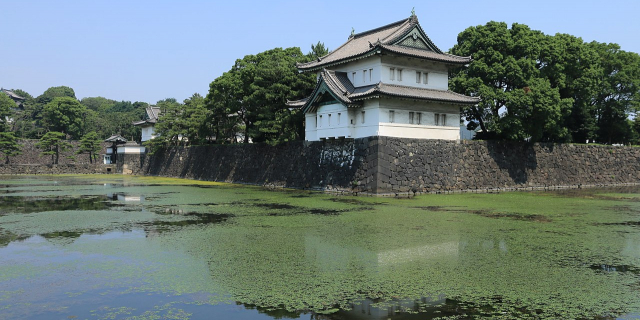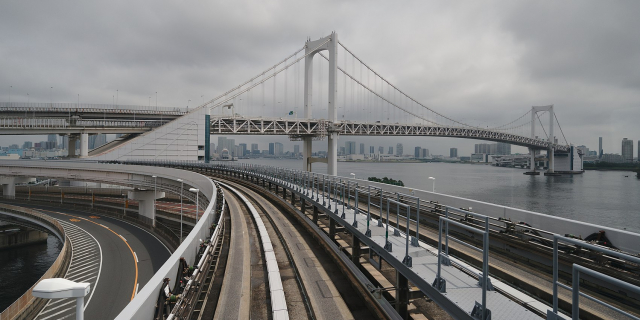秋葉原
( Akihabara )Akihabara (Japanese: 秋葉原) is a neighborhood in the Chiyoda ward of Tokyo, Japan, generally considered to be the area surrounding Akihabara Station. Administratively, the area named Akihabara is actually found in the Sotokanda (外神田) and Kanda-Sakumachō districts in Chiyoda. There also exists an administrative district called Akihabara in the Taitō ward further north of Akihabara Station, but it is not the place people generally refer to as Akihabara.
The name Akihabara is a shortening of Akibagahara (秋葉ヶ原), which ultimately comes from Akiba (秋葉), named after a fire-controlling deity of a firefighting shrine built after the area was destroyed by a fire in 1869. Akihabara gained the nick...Read more
Akihabara (Japanese: 秋葉原) is a neighborhood in the Chiyoda ward of Tokyo, Japan, generally considered to be the area surrounding Akihabara Station. Administratively, the area named Akihabara is actually found in the Sotokanda (外神田) and Kanda-Sakumachō districts in Chiyoda. There also exists an administrative district called Akihabara in the Taitō ward further north of Akihabara Station, but it is not the place people generally refer to as Akihabara.
The name Akihabara is a shortening of Akibagahara (秋葉ヶ原), which ultimately comes from Akiba (秋葉), named after a fire-controlling deity of a firefighting shrine built after the area was destroyed by a fire in 1869. Akihabara gained the nickname Akihabara Electric Town (秋葉原電気街, Akihabara Denki Gai) shortly after World War II for being a major shopping center for household electronic goods and the post-war black market.
Akihabara is considered by many to be the epicentre of modern Japanese otaku culture, and is a major shopping district for video games, anime, manga, electronics and computer-related goods. Icons from popular anime and manga are displayed prominently on the shops in the area, and numerous maid cafés and some arcades are found throughout the district.
 Akihabara in 1976
Akihabara in 1976The area that is now Akihabara was once near a city gate of Edo and served as a passage between the city and northwestern Japan. This made the region a home to many craftsmen and tradesmen, as well as some low-class samurai. One of Tokyo's frequent fires destroyed the area in 1869, and the people decided to replace the buildings of the area with a shrine called Chinkasha (now known as Akiba Shrine 秋葉神社 Akiba Jinja), meaning fire extinguisher shrine, in an attempt to prevent the spread of future fires. The locals nicknamed the shrine Akiba after the deity that could control fire, and the area around it became known as Akibagahara and later Akihabara.[1][2] After Akihabara Station was built in 1888, the shrine was moved to the Taitō ward where it still resides today.[3][4][5]
Since its opening in 1890, Akihabara Station became a major freight transit point, which allowed a vegetable and fruit market to spring up in the district. Then, in the 1920s, the station saw a large volume of passengers after opening for public transport, and after World War II, the black market thrived in the absence of a strong government. This disconnection of Akihabara from government authority has allowed the district to grow as a market city and given rise to an excellent atmosphere for entrepreneurship.[6] In the 1930s, this climate turned Akihabara into a future-oriented market region specializing in household electronics, such as washing machines, refrigerators, televisions, and stereos, earning Akihabara the nickname "Electric Town".[2][7]
As household electronics began to lose their futuristic appeal in the 1980s, the shops of Akihabara shifted their focus to home computers at a time when they were only used by specialists and hobbyists. This new specialization brought in a new type of consumer, computer nerds or otaku.[2] The market in Akihabara naturally latched onto their new customer base that was focused on anime, manga, and video games. The connection between Akihabara and otaku has survived and grown to the point that the region is now known worldwide as a center for otaku culture, and some otaku even consider Akihabara to be a sacred place.[8]





































Add new comment